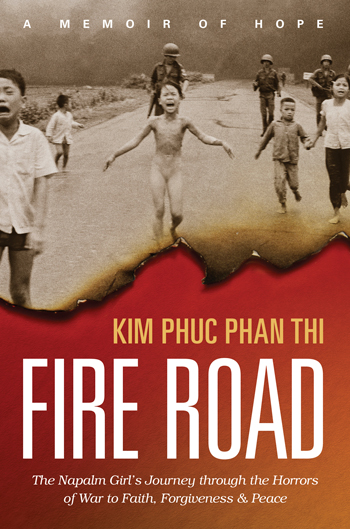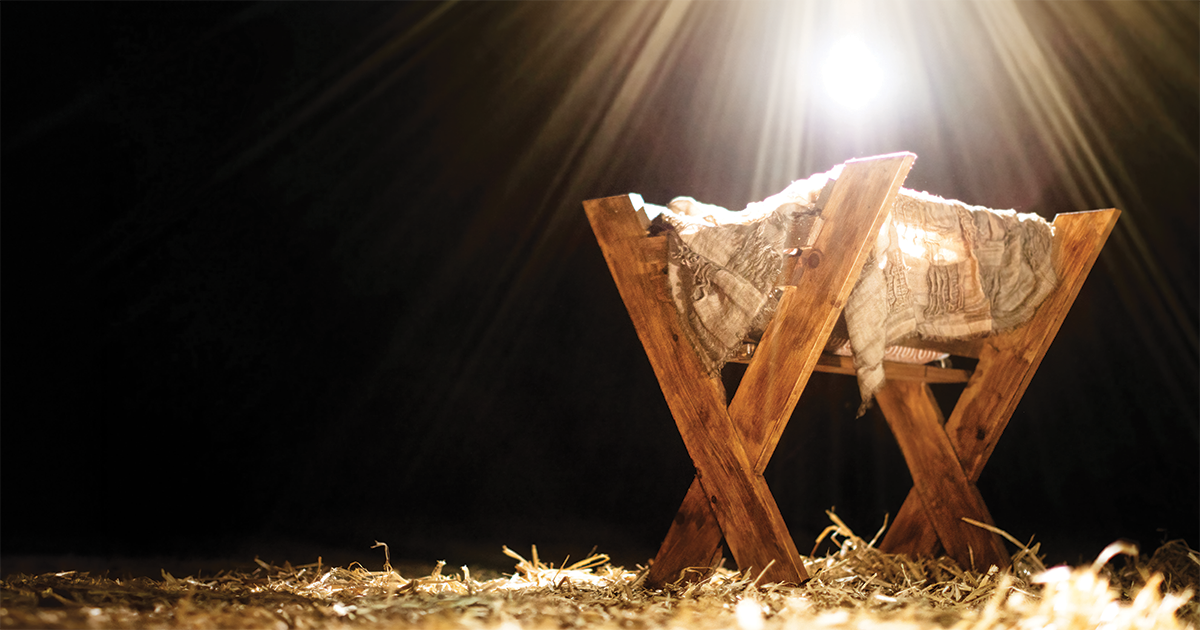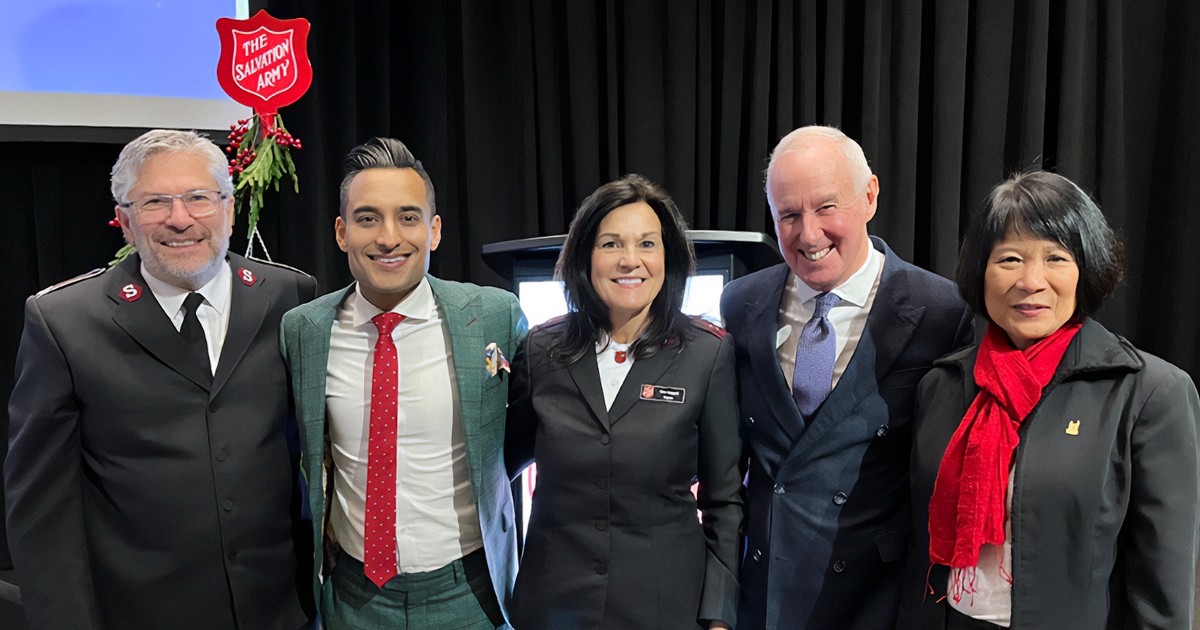Kim Phuc ran as fast as she could, trying to escape the bombs falling around her, but it was too late. A cloud of sticky napalm had engulfed her, burning away her clothing, scorching her skin.
Her journey down Route 1 in Trang Bang, Vietnam, was captured by Associated Press photographer Nick Ut, and with the click of a shutter, the worst moment of Kim’s life became one of the most iconic photographs in history.
Forty-five years later, Kim recounts that fateful day, the aftermath, and her path to physical and spiritual healing in her riveting autobiography, Fire Road: The Napalm Girl’s Journey Through the Horrors of War to Faith, Forgiveness and Peace.
Scarred for Life
Fire Road takes readers back to the early 1970s, when Kim was simply a carefree, mischievous child. Kim describes the daily rhythms of family, friends and faith, which were slowly eroded by the Vietnam War and forever changed by the napalm bombing on June 8, 1972.

With Ut’s help, Kim was taken to a hospital in Saigon where the doctors assessed her third- and fourth-degree burns. “Napalm-burn victims never survived,” Kim writes. “And so, in my unconscious state … I was left to die.” Thankfully, her parents found her in the morgue and insisted she receive medical care. The treatments were incredibly painful, but Kim’s life was saved.
After her release from hospital, Kim tried to resume her previous life—going to school, playing with friends—but the constant pain made every day difficult. Worse still, her scars changed her perception of herself: “Because I would now and forever be seen as ‘different,’ I was unfit to be loved.”
Freedom
As Kim entered adulthood, she faced new challenges. The 10th anniversary of her photograph brought renewed attention to her, and government officials seized the opportunity to use Kim for propaganda. Fire Road describes the countless anti-American interviews Kim was forced to give for years.
In despair, Kim planned to commit suicide, but a trip to a library in Saigon introduced her to a new source of hope. While browsing the religion section, she came across a New Testament and was amazed by the story of Jesus, the God who suffered and died to save humanity. Could He be the one true God? she wondered. “If this Jesus was indeed who He said He was, and if He had truly endured all He said He had endured, then perhaps He could help me make sense of my pain and at last come to terms with my scars,” Kim writes.
Kim’s conversion to Christianity marked a turning point. Her circumstances did not change overnight, but faith gave her new strength. “I had not stumbled upon freedom that the world could detect—freedom from communism, from oppression, from pain,” she writes. “But inside—on the level of my soul—I was settling into a type of contentment that paid little mind to external things.”
Healing the Future
In 1992, Kim finally attained freedom from communism, defecting to Canada where she thought she would escape the attention the “napalm girl” photograph had brought her. Yet, that same photograph has opened all kinds of doors for her— to a book, a documentary film, the opportunity to promote peace as a goodwill ambassador for UNESCO. Day by day, the darkness Kim once felt has gradually left her, being replaced by love and forgiveness— even for the pilot who caused her so much pain.
As historical biography, Fire Road provides the fascinating story behind the famous photograph. But more than that, Kim’s book is an inspiring story of faith that will resonate with anyone who has struggled to endure pain and forgive others for past wrongs. “We cannot change history,” she says, “but with love, we can heal the future.”
Click to read our interview with Kim Phuc.
Her journey down Route 1 in Trang Bang, Vietnam, was captured by Associated Press photographer Nick Ut, and with the click of a shutter, the worst moment of Kim’s life became one of the most iconic photographs in history.
Forty-five years later, Kim recounts that fateful day, the aftermath, and her path to physical and spiritual healing in her riveting autobiography, Fire Road: The Napalm Girl’s Journey Through the Horrors of War to Faith, Forgiveness and Peace.
Scarred for Life
Fire Road takes readers back to the early 1970s, when Kim was simply a carefree, mischievous child. Kim describes the daily rhythms of family, friends and faith, which were slowly eroded by the Vietnam War and forever changed by the napalm bombing on June 8, 1972.

With Ut’s help, Kim was taken to a hospital in Saigon where the doctors assessed her third- and fourth-degree burns. “Napalm-burn victims never survived,” Kim writes. “And so, in my unconscious state … I was left to die.” Thankfully, her parents found her in the morgue and insisted she receive medical care. The treatments were incredibly painful, but Kim’s life was saved.
After her release from hospital, Kim tried to resume her previous life—going to school, playing with friends—but the constant pain made every day difficult. Worse still, her scars changed her perception of herself: “Because I would now and forever be seen as ‘different,’ I was unfit to be loved.”
Freedom
As Kim entered adulthood, she faced new challenges. The 10th anniversary of her photograph brought renewed attention to her, and government officials seized the opportunity to use Kim for propaganda. Fire Road describes the countless anti-American interviews Kim was forced to give for years.
In despair, Kim planned to commit suicide, but a trip to a library in Saigon introduced her to a new source of hope. While browsing the religion section, she came across a New Testament and was amazed by the story of Jesus, the God who suffered and died to save humanity. Could He be the one true God? she wondered. “If this Jesus was indeed who He said He was, and if He had truly endured all He said He had endured, then perhaps He could help me make sense of my pain and at last come to terms with my scars,” Kim writes.
Kim’s conversion to Christianity marked a turning point. Her circumstances did not change overnight, but faith gave her new strength. “I had not stumbled upon freedom that the world could detect—freedom from communism, from oppression, from pain,” she writes. “But inside—on the level of my soul—I was settling into a type of contentment that paid little mind to external things.”
Healing the Future
In 1992, Kim finally attained freedom from communism, defecting to Canada where she thought she would escape the attention the “napalm girl” photograph had brought her. Yet, that same photograph has opened all kinds of doors for her— to a book, a documentary film, the opportunity to promote peace as a goodwill ambassador for UNESCO. Day by day, the darkness Kim once felt has gradually left her, being replaced by love and forgiveness— even for the pilot who caused her so much pain.
As historical biography, Fire Road provides the fascinating story behind the famous photograph. But more than that, Kim’s book is an inspiring story of faith that will resonate with anyone who has struggled to endure pain and forgive others for past wrongs. “We cannot change history,” she says, “but with love, we can heal the future.”
Click to read our interview with Kim Phuc.










Leave a Comment